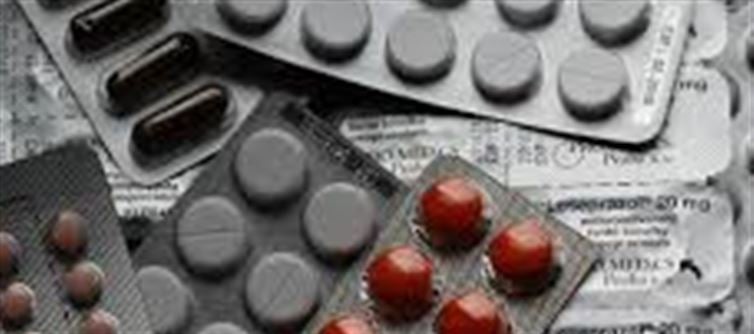
In a major boost to public health, the GST Council, chaired by Finance minister Nirmala Sitharaman, has slashed taxes on 33 lifesaving drugs and several critical medicines for cancer, rare diseases, and chronic illnesses. Here’s what the move means for patients and families.
1. GST on Lifesaving drugs Reduced to Zero
From 22 september 2025, 33 lifesaving drugs will have GST cut to 0%, including high-cost biologics and orphan drugs. Additionally, 3 critical medicines used for cancer and rare diseases will see their GST drop from 5% to nil. This measure directly reduces out-of-pocket expenses for patients undergoing long or repeated treatments like chemotherapy.
2. How Much Patients Will Save
For a drug priced at INR 1,00,000 with 12% GST, the total cost would have been INR 1,12,000. With the GST cut, the same drug will cost roughly INR 1,00,000, giving a direct saving equal to the removed tax. For patients on long-term therapies, these reductions can add up to substantial cumulative savings.
3. Other Medicines and Devices Also Cheaper
All other drugs and medicines: GST reduced from 12% → 5%
Medical devices & diagnostic kits: GST typically reduced to 5%
This broader rationalization ensures routine prescriptions, diabetic supplies, and hospital consumables are more affordable, easing household healthcare costs.
4. Complete List of 33 Lifesaving Drugs
From 5% to nil GST:
Agalsidase Beta
Imiglucerase
Eptacog alfa (activated recombinant coagulation factor VIIa)
From 12% to nil GST:
Onasemnogene abeparvovec
Asciminib
Mepolizumab
Pegylated Liposomal Irinotecan
Daratumumab (including subcutaneous)
Teclistamab
Amivantamab
Alectinib
Risdiplam
Obinutuzumab
Polatuzumab vedotin
Entrectinib
Atezolizumab
Spesolimab
Velaglucerase Alpha
Agalsidase Alfa
Rurioctocog Alpha Pegol
Idursulphatase
Alglucosidase Alfa
Laronidase
Olipudase Alfa
Tepotinib
Avelumab
Emicizumab
Belumosudil
Miglustat
Velmanase Alfa
Alirocumab
Evolocumab
Cystamine Bitartrate
CI-Inhibitor injection
Inclisiran
(For authoritative HSN codes and official list, see PIB annexure.)
5. Important Caveats for Patients
MRP vs invoice pricing: Some MRPs already include GST; retailers must revise price displays.
Manufacturer & distributor behaviour: Companies may adjust margins or repricing; regulators will monitor compliance.
Insurance & reimbursement: Lower billed prices can reduce co-payments and claims.
Availability vs affordability: Tax relief reduces cost but does not guarantee immediate availability.
6. Implementation Date
The GST cuts apply to goods and services from 22 september 2025, with operational guidelines and FAQs expected from the government soon.
7. Wider Implications
This move reduces catastrophic health expenditure, improves access to advanced therapies, and signals a policy focus on public health affordability. Combined with previous GST cuts on health insurance, it forms a two-pronged strategy to reduce out-of-pocket medical spending in India.
8. Bottom Line
For patients and families, these GST reductions translate to real financial relief, easier access to lifesaving treatments, and a step toward more equitable healthcare. The true impact, however, depends on transparent implementation across manufacturers, pharmacies, hospitals, and insurers.
Disclaimer:
The views and opinions expressed in this article are those of the author and do not necessarily reflect the official policy or position of any agency, organization, employer, or company. All information provided is for general informational purposes only. While every effort has been made to ensure accuracy, we make no representations or warranties of any kind, express or implied, about the completeness, reliability, or suitability of the information contained herein. Readers are advised to verify facts and seek professional advice where necessary. Any reliance placed on such information is strictly at the reader’s own risk..jpg)




 click and follow Indiaherald WhatsApp channel
click and follow Indiaherald WhatsApp channel